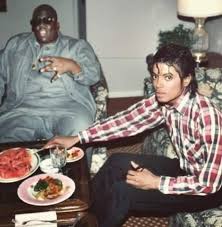Selected Videos For The Month of December

The History of Video Making
The history of video making is a fascinating journey of technological innovation and artistic expression. It spans over a century, evolving from simple mechanical devices to the sophisticated digital technologies we use today. Here’s an overview:
Early Beginnings (Late 19th to Early 20th Century)
- The Birth of Motion Pictures (1890s): The groundwork for video making was laid with the invention of devices like the kinetoscope by Thomas Edison and the cinematograph by the Lumière Brothers. These devices could record and project short sequences of motion.
- Silent Films (1900-1920s): The early days of filmmaking involved silent films, where visuals were accompanied by live music or title cards. Iconic filmmakers like Charlie Chaplin and Georges Méliès experimented with storytelling and special effects.
Introduction of Sound and Color (1920s-1950s)
- Talkies (1927): The release of The Jazz Singer marked the transition from silent films to “talkies,” where synchronized sound was integrated with motion pictures.
- Technicolor (1930s): Technicolor revolutionized filmmaking by introducing vibrant, full-color visuals, as seen in classics like The Wizard of Oz (1939).
The Television Era (1940s-1960s)
- The proliferation of television brought video production into homes. Programs were initially broadcast live, but advancements in video recording allowed shows to be preserved and replayed.
- Formats like 16mm film and videotape became popular for both professional and amateur use.
The Digital Revolution (1970s-1990s)
- Camcorders (1980s): Compact camcorders made video recording accessible to consumers. Home videos became a cultural phenomenon.
- Digital Editing (1990s): Non-linear editing systems like Avid and Adobe Premiere allowed filmmakers to edit videos digitally, making the process faster and more precise.
- Digital Cameras: Digital video cameras replaced analog formats, enabling higher resolution and more storage capacity.
The Internet and Social Media Age (2000s-Present)
- Online Video Platforms: The launch of YouTube in 2005 democratized video creation and sharing, giving rise to vloggers, tutorials, and viral videos.
- Smartphones: Smartphones equipped with high-quality cameras transformed everyday people into videographers, drastically increasing the volume of video content.
- Streaming Services: Platforms like Netflix, Hulu, and Amazon Prime shifted the focus to high-quality, on-demand video production.
The Future of Video Making
- Emerging technologies like virtual reality (VR), augmented reality (AR), and AI-powered editing tools are shaping the future of video making, offering immersive and interactive experiences.
This rich history highlights how video making has continuously evolved to reflect the needs and creative ambitions of its time.


